Unlocking Strength: A Guide to Weight Lifting and Bodybuilding Best Tools
Unlocking Strength: A Manual for Body building and Weight lifting Equipment
Overview
Body building and weight lifting have long been seen as effective ways to develop strength, shape the human body, and improve general health. People use various methods to maximize their exercises and attain the best outcomes when they start this life-changing process.
This post examines some of the most important body building and weight lifting equipment that enthusiasts can use to help them achieve physical perfection.
Top Weight Lifting Points:
1. Dumbbells and Barbells: The Basis of Power
The essential equipment for every weight lifting program are barbells and dumbbells. Compound workouts like squats, deadlifts, and bench presses are best performed with barbells, which are long bars with weights on either end. Dumbbells are great for isolation workouts that target specific muscle groups because of their smaller size and versatility, which allow for a wider range of motion.
2. Power Rack: A Secure Area for Lifting Large Items
A power rack, sometimes referred to as a cage or squat rack, is a necessary piece of apparatus for securely lifting large weights. If a lifter is unable to finish a lift, it has adjustable safety bars that catch the barbell. Furthermore, a power rack frequently has pull-up bars and can be used as a multipurpose station for different workouts.
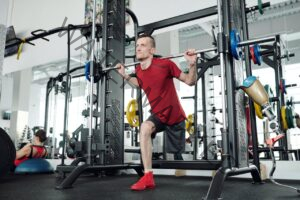
3. The Core-Supporting Weight lifting Belt
When performing big lifts, a weight lifting belt is a robust, frequently leather belt that is worn across the lower back and abdomen. It helps to maintain good posture and lowers the chance of injury by supporting the lower back and core. A weight lifting belt is a useful tool for lifts requiring maximum effort, even though it shouldn’t be used excessively.
Resistance Bands: Adaptability in Exercise
Elastic bands that give resistance when stretched are called resistance bands. They are great for generating resistance for both upper and lower body movements, helping with mobility exercises, and bringing diversity to workouts. They are a useful tool for at-home exercises and on-the-go training because of their portability.
5. Foam Rollers: The Need for Recuperation
Foam rollers are essential for recuperation in any rigorous training program, even though they aren’t specifically for lifting weights. By using these cylindrical foam devices for self-myofascial release, muscle tension can be relieved and flexibility can be increased.
Including foam rolling in a regimen can improve overall effectiveness and lower the chance of injury.
6. Shoes for Weight lifting: The Basis of Stability
To improve stability during lifts, specialized weight lifting shoes are made with a high heel and a hard, non-compressible sole. These shoes give the lifter a stable foundation, which enhances their capacity to produce force and keep good form—especially during exercises like Olympic lifts and squats.
7. Gloves and Straps: Hand Protection and Improved Grip
An injury to the hands may result from lifting large weights. Weight lifting gloves improve grip on the bar by protecting hands from blisters and calluses. On the other side, lifting straps help preserve grip strength during workouts like deadlifts and rows by looping around the wrists and the barbell.
8. Supplemental Nutrition: Energizing the Improvements
Supplemental nutrition is essential for meeting the needs of heavy weight lifting and bodybuilding, even though they are not physical tools. Branched-chain amino acids (BCAAs), creatine, and protein powders are frequently utilized to enhance muscle growth, repair, and general performance.
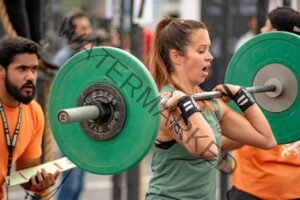
Weight Lifting training: Do’s and don’ts of proper technique
One of the best ways to increase muscular tone, strength, and general fitness is through weight Lifting training. Exercises must, however, be done correctly to optimize the benefits and reduce the risk of damage. The following are some guidelines for appropriate weight lifting training technique:
Dos and Don’ts of Proper Weight Lifting Training Method: Warm-Up
Do: Make sure you warm up properly before beginning a weight lifting training session. This can involve dynamic stretches, mobility drills, and mild aerobics to get your muscles and joints ready for the next session.
Correct Form:
Do: Pay close attention to keeping your form correct during every exercise. This lowers the possibility of injury while also guaranteeing that you’re working the appropriate muscles. You should think about working with a fitness professional if you’re not confident about your form.
Choose a Comfortable Weight to Start:
Do: Start with a weight that enables you to work out with proper form. Increase the weight gradually as your strength increases. Injuries may result from using really heavy weights before you have mastered form.
Managed Motions:
Do: Carry out exercises using purposeful, controlled motions. Lifting weights with momentum increases the chance of injury and detracts from the muscles being worked.
Complete Range of Motion:
Do: Make every iteration aim for the entire range of motion. This encourages flexibility and fully uses the muscle. Partial repetitions can hinder your progress and raise the possibility of muscular imbalances.

Inhale Correctly:
Do: Continue breathing in the same manner. When raising or pushing anything, exhale during the concentric phase, and when lowering something or pulling something, inhale. This gives you energy when you exert yourself and helps stabilize your core.
Rest and Convalescence:
Do: Give yourself enough time to recover and rest in between sessions. This is necessary for the growth and healing of muscles. Fatigue, a higher risk of injury, and decreased performance can result from overtraining.
Change Up Your Daily Schedule:
Do: Make sure your workout regimen is varied. This keeps things interesting while also guaranteeing that various muscle groups are worked, which encourages balanced strength development.
Maintain Hydration:
Do: To stay hydrated during your workout, sip on adequate water. Performance and recuperation can be severely impacted by dehydration.
The Dos and Don’ts of Good Weight Training Methods:
Ignoring the Warm-Up
Avoid: Ignoring the warm-up. Warming up properly promotes blood flow to muscles, enhances range of motion, and primes the body for higher-intensity exercise.
Employing Overweights:
Avoid: Using excessively heavy weights when lifting, especially if it affects your form. This reduces the exercise’s effectiveness and raises the possibility of damage.
Disregarding Pain:
Avoid: Ignoring pain. during you feel a sudden, intense discomfort during exercising, stop right away and check your form. Suffering through discomfort can result in more severe harm.
Insufficient Range of Motion
Don’t: Give up correct form to lift larger weights. Partial repetitions reduce the workout’s effects and increase the risk of imbalances.
Withholding Breath:
Keep your breath in. Breathing correctly gives your muscles oxygen and aids in core stability. Breathing deeply can lower oxygen delivery and raise blood pressure.
Ignoring Recuperation:
Don’t: Ignore your recovery after a workout. For the best possible recuperation and muscle growth, adequate rest, nutrition, and sleep are essential.
Neglecting Rest Days:
Don’t: Work out the same muscle groups without getting enough rest between sets. It takes time for muscles to rebuild and get stronger.
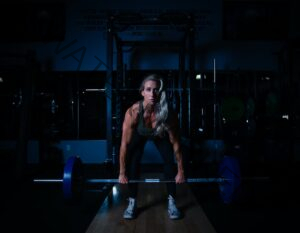
Disregarding adaptability
Don’t: Ignore your flexibility training. Stretching and mobility exercises improve range of motion and aid in injury prevention.
Keep in mind that each person’s body is unique, so it’s critical to pay attention to your body’s signals. See a fitness expert or healthcare practitioner if you’re new to weight lifting training or have special health problems to be sure your exercise regimen is safe and suitable for your needs.
In summary, creating a solid foundation
Weight lifting and bodybuilding equipment are more than just tools for physical activity; they are essential to realizing one’s potential and developing a strong, resilient body. Together with a thoughtfully planned exercise regimen, healthy eating, and enough sleep, these resources can open doors to life-changing fitness adventures that enable people to sculpt their bodies and attain unmatched strength and vitality.
Knowing and using these techniques can help you approach fitness holistically, whether you’re a seasoned lifter or just getting started, and that will ultimately result in a stronger, healthier you.
Frequently Asked Questions (FAQs) about Weight Lifting Training
**1. What is weight training?
Weight training, also known as resistance or strength training, involves lifting weights to build muscle strength, tone, and endurance. It can include various exercises using free weights, machines, resistance bands, or bodyweight.
**2. Why is weight training important?
Weight training provides numerous benefits, including increased muscle strength, improved bone density, enhanced metabolism, better joint health, and increased functional fitness. It can also contribute to weight management and overall well-being.
**3. Can weight training help with weight loss?
Yes, weight training is an effective component of a weight loss plan. Building muscle increases metabolism, leading to more calories burned at rest. Additionally, it helps preserve lean muscle mass during weight loss.
**4. How often should I engage in weight training?
The frequency of weight training depends on your fitness goals and experience level. Beginners might start with two to three sessions per week, while more experienced individuals may engage in weight training four to six times weekly. Allow muscles at least 48 hours of rest between sessions.
**5. What’s the difference between free weights and machines?
Free weights, such as dumbbells and barbells, require stabilizing muscles to control movements, engaging more muscle groups. Machines, on the other hand, provide guided movements and may be suitable for beginners or those with specific needs.
**6. How do I determine the right amount of weight to lift?
Start with a weight that allows you to perform the exercise with proper form for 8-12 repetitions. If you can easily do more than 12 repetitions, consider increasing the weight; if you struggle to complete 8, consider reducing the weight.
**7. Is weight training safe for beginners?
Yes, weight training is generally safe for beginners when done with proper form and under proper supervision. It’s advisable for beginners to start with lighter weights, focus on learning correct techniques, and gradually progress.
**8. Should I do cardio or weight training for overall fitness?
Both cardio and weight training contribute to overall fitness. Cardiovascular exercise improves heart health and burns calories, while weight training builds strength and muscle. A well-rounded fitness routine often includes both elements.
**9. How long does it take to see results from weight training?
Results vary based on factors like frequency, intensity, nutrition, and genetics. Generally, noticeable strength gains may occur within a few weeks, while visible changes in muscle tone might take several weeks to a few months.
**10. Can weight training replace cardiovascular exercise for heart health?
While weight training offers cardiovascular benefits, it’s advisable to include dedicated cardiovascular exercises like running, cycling, or swimming for optimal heart health. A combination of both types of exercise is often recommended for overall well-being.
**11. Do women need to train differently than men?
The principles of weight training are similar for both men and women. Women can benefit significantly from weight training without fear of becoming overly muscular. Tailoring the program to individual goals and preferences is key.
**12. Can weight training help with arthritis or joint pain?
Yes, weight training, when done with proper form and adapted to individual needs, can strengthen muscles around joints and improve joint function. It’s essential to consult with a healthcare professional for personalized advice.
**13. Is it possible to do weight training at home without equipment?
Yes, bodyweight exercises like squats, lunges, push-ups, and planks can be effective for strength training at home. Resistance bands and household items can also be used for added resistance.
**14. What role does nutrition play in weight training?
Nutrition is crucial for optimal performance and recovery. Protein intake is particularly important for muscle repair and growth. Adequate hydration, balanced macronutrients, and proper timing of meals around workouts contribute to overall success.
**15. Can older adults benefit from weight training?
Absolutely, weight training is beneficial for older adults to maintain muscle mass, improve bone density, and enhance overall functional fitness. It can also contribute to better balance and coordination.
Remember to consult with a fitness professional or healthcare provider before starting a new weight training program, especially if you have any existing health concerns or conditions. Proper form, gradual progression, and consistency are key elements for a successful and safe weight training journey.
You have to wait 30seconds.
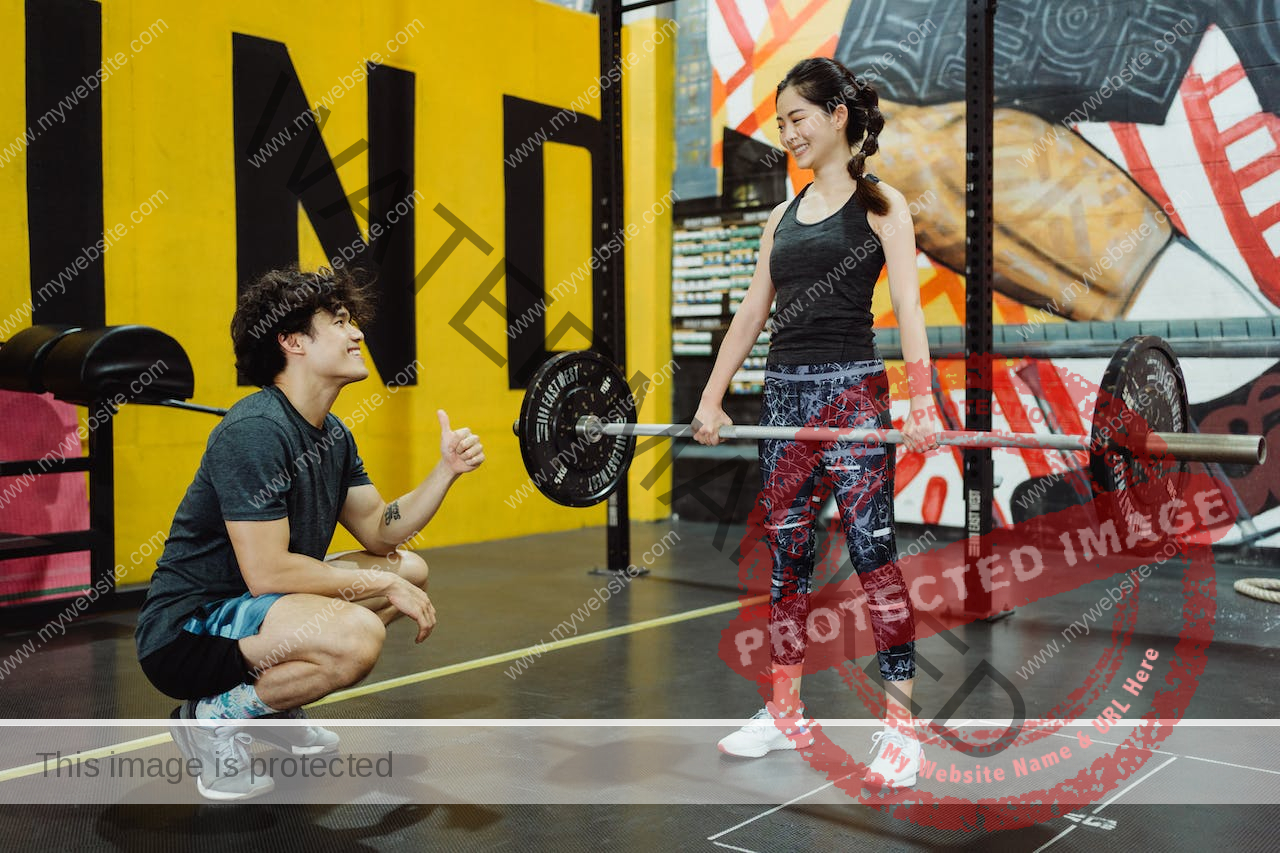


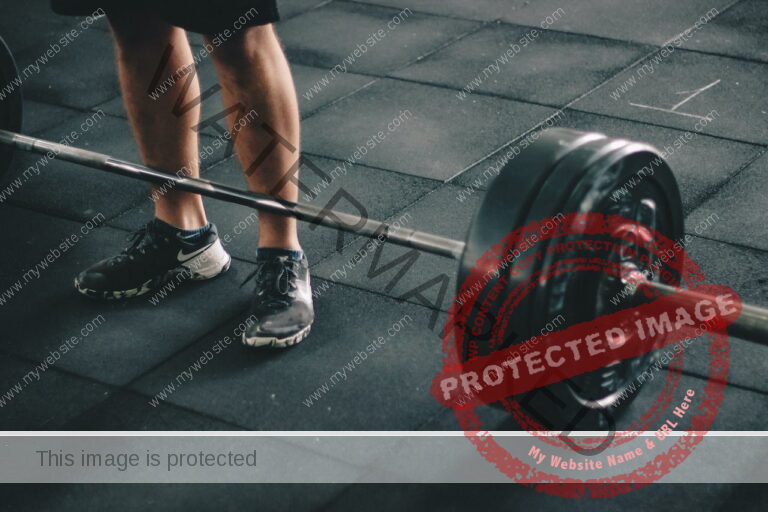
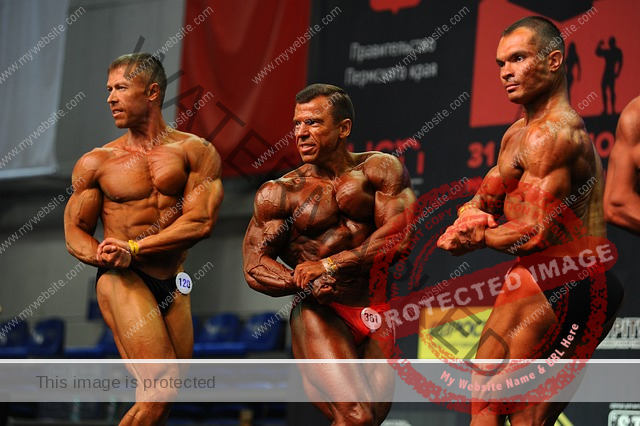

No code duker